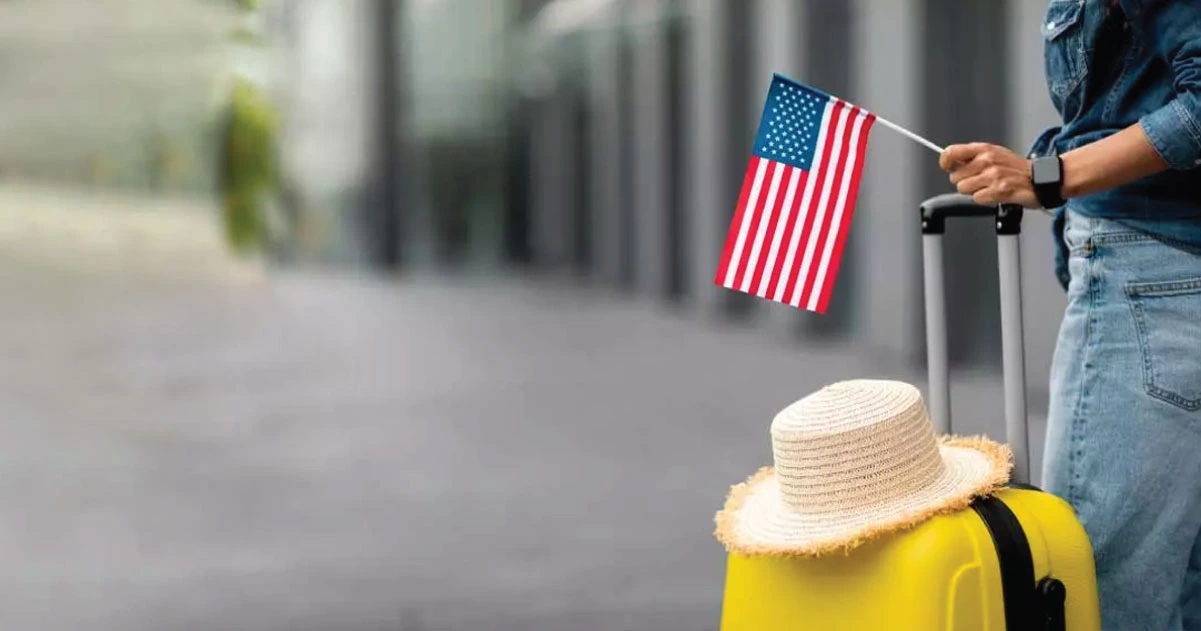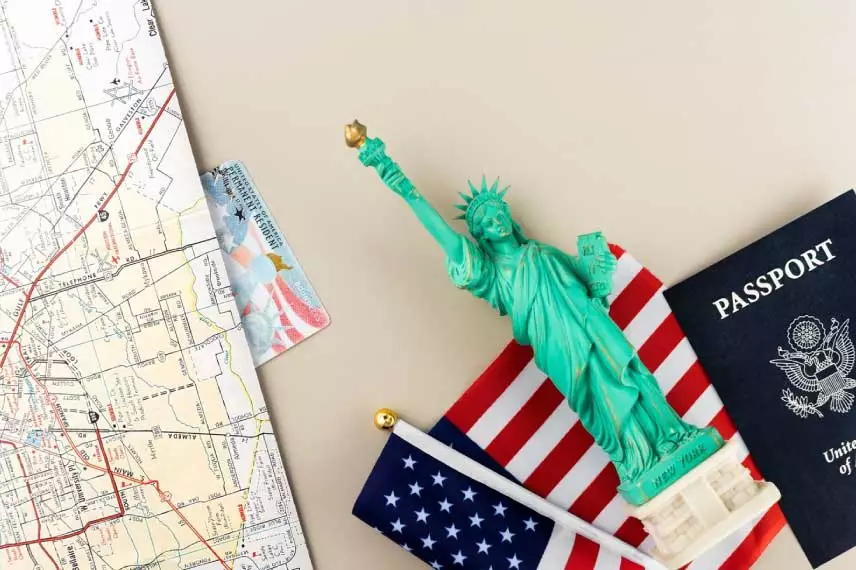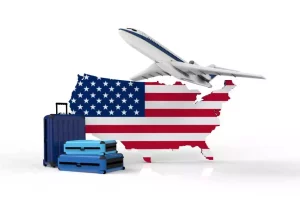- Need Consultation? Make an Appointment

The B-1/B-2 visitor visa caters to individuals travelling temporarily to the United States, whether for business (B-1) or pleasure, including medical treatment (B-2). The B-1 visa is tailored for those engaging in business-related activities, such as consulting with associates, attending events like conventions or conferences, or managing affairs like estate settlements and contract negotiations. Conversely, the B-2 visa is designed for recreational pursuits like tourism, visiting friends or relatives, seeking medical treatment, or participating in fraternal, social, or service activities. At times, a combined B-1/B-2 visa is issued to encompass both purposes.
The USA Visitor Visa allows stays in the United States for up to 6 months.
When applying for a B-1/B-2 visa, it is essential to convince a consular officer that you meet the criteria outlined in the U.S. Immigration and Nationality Act (INA). According to Section 214(b) of the INA, there is a presumption that every B-1/B-2 applicant intends to immigrate to the U.S. To overcome this supposition, you must prove:

Step 1: Complete the DS-160 form.
Step 2: Pay the application fee (Non non-refundable)
Step 3: Schedule your appointment. You will need the following information to schedule your appointment;
Step 4: Attend your USA Visitor Visa interview at the designated U.S. Embassy or Consulate on the scheduled date and time. Remember to bring a printed copy of your appointment letter, the confirmation page of your DS-160, a recent photograph taken within the last six months, and all your current and previous passports. Incomplete applications lacking any of these documents will not be accepted.
For your interview, please bring the original documents listed below, as original copies are preferred over photocopies. Avoid getting documents in sealed envelopes and refrain from faxing, emailing, or mailing supporting documents to the U.S. Embassy or Consulate.
For Students: Bring your most recent school results, transcripts, and degrees/diplomas to the interview. Additionally, provide evidence of financial support, such as monthly bank statements, fixed deposit slips, or any other relevant documentation.
For Job Holder: Please ensure you bring an employment letter from your employer along with the most recent three months’ pay slips to the interview.
For Businessmen and Company Directors: Please bring documentation substantiating your role within the company and details regarding your remuneration.
For Visiting Relatives: Please provide photocopies of your relative’s proof of status, such as a Green Card, naturalisation certificate, valid visa, etc.
Suppose you intend to travel to the United States for medical treatment. In that case, it is crucial to be well-prepared with the following documentation, in addition to the previously mentioned documents and any other requirements specified by the consular officer:
A comprehensive medical diagnosis from a local physician elucidates the nature of your ailment and the reasons for necessitating treatment in the United States.
A letter from a physician or medical facility in the United States affirms their willingness to treat the ailment. This letter should outline the anticipated duration and cost of therapy, encompassing doctors’ fees, hospitalisation expenses, and all other medical-related costs.

A detailed statement of financial responsibility from the individuals or organisations responsible for covering your transportation, medical, and living expenses during your stay in the United States. Those guaranteeing payment should substantiate their ability to do so, often through bank statements, other financial statements, or certified copies of income tax returns.
Ensuring that all the provided documentation is thorough, accurate, and complies with the consular requirements is imperative to facilitate a smooth and successful USA Visitor Visa application process.
The B1/B2 visa is a versatile multiple-entry visa specifically tailored to accommodate various travellers, including students and businesspersons, allowing them multiple visits to the U.S. through the port of entry. While there isn’t a fixed limit on the number of visits per year, the approval for each entry is subject to the discretion of CBP officers upon arrival. This visa is designed for short-term engagements such as business trips, tourism, or medical visits and is not intended for extended stays or residency.
Unplanned or prolonged visits lacking connections to your home country and needing proper documentation and visa processing evidence may raise concerns about potential misuse. This could lead to complications, including entry denial or visa-related issues. It is crucial to adhere to the visa’s intended purpose and ensure that your visits align with the documentation and processing requirements to avoid complications.
Common Reasons for USA Visit Visa Denial;
1. Become Master your US Tourist Visa Requirements